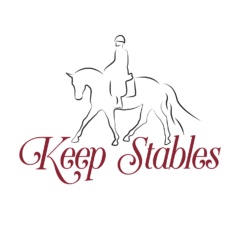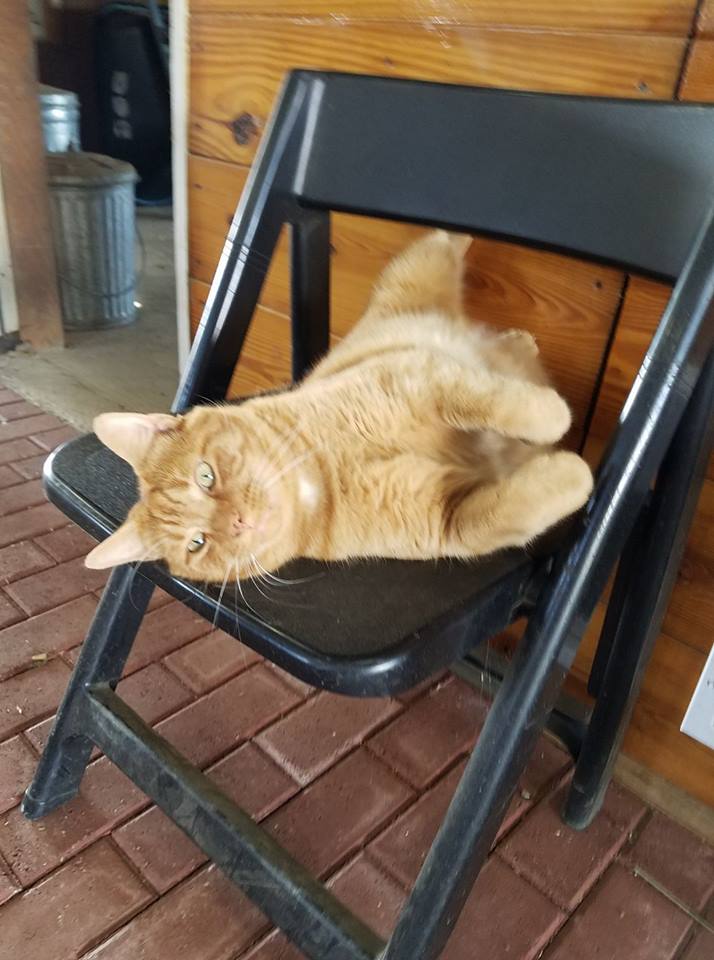Sue and I (Amira) went to the Isabelle clinic “Improve your dressage seat” last week. It was mostly a lecture, with a short rider demonstration toward the end. Here are the things that really spoke to us:
On torso position
- Everyone is crooked to one side, just like horses. Everyone must go through a process to correct it by getting feedback from their trainer / others, or looking at a mirror. It is a long process – bodies want to revert.
- When you see a crookedness to one side, move your PELVIS to the center, not your shoulders.
- To avoid collapsing to the inside when going through a corner, make sure you are “looking over the outside ear of the horse”. Your outside eye should like up with the outside ear.
On legs
- During the demo, the rider had a very stiff knee and ankle which were not absorbing the movement. We saw pronounced movement in the hips to compensate. Isabelle pointed out that the rider’s pelvis was tilted forward (the front was pointing downward) and said that this blocks the ability of the knees/legs to follow the motion.
- 2-point is a good warm up for your ride at trot. The knee should be flexing with each stride, not just the hip.
- When cantering, focus on a stable upper body with the pelvis moving and legs moving.
- The aid for inside leg should be a DOWNWARD and weight-bearing movement of the leg. She demonstrated standing and preparing to pivot and step off 180 degrees to the right. When you prepare for the right turn, you stand on your right leg, your center of gravity goes above your right leg. Your left leg stabilizes (friction) against the floor (slightly to the rear) as your torso turns to the right. When you lift your left leg, the pent up energy from the torso rotation occurs and your entire body pivots right. The inside leg aid should feel like that preparation step before you lift your outside leg.
On skeletal rotation
- Rotating your arms and wrists so that your palms face upward and elbows close to ribs is the correct posture for dressage. (I THINK she said that this makes your arms move independent of shoulders. This is the opposite of having your hands out in front of you with the palms down. I think she showed that when your rotation is closed, moving your arms forward pulls your shoulders down and forward.)
- How to carry a whip then? Since you can’t carry it with your palms upward, or even at a full 90%, whips are harmful to this posture. 1) Don’t always carry a whip, practice without it sometimes. 2) Try to keep the rotation in your shoulder/elbow even if you can’t keep it in your wrist.
- We should practice stretching and rotating our legs so that our toes point toward each other. She demonstrated by standing with an extreme bow in her legs and the toes were 45 degrees to the center.
- But you can’t hold that position on a horse because your knees have to fit around the horse? She said to pay attention to the feeling in your butt and upper legs while holding this rotated posture on the ground. Try to get the same feeling / muscle tension when riding.

